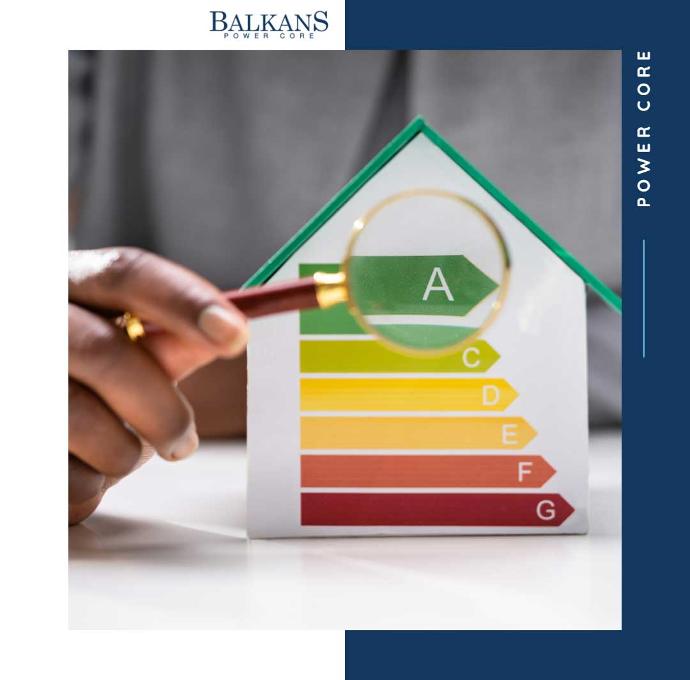In an increasingly environmentally-conscious world with limited energy resources, energy-efficient buildings play a crucial role in creating a sustainable future. These innovative structures are designed to reduce energy consumption, minimize environmental impact, and provide enhanced comfort to occupants. In this article, we will explore various types of energy-efficient buildings, cutting-edge technologies, and the benefits they bring to society and the environment.
1. Passive Buildings: these buildings are designed to maximize the use of natural environmental features and maintain a comfortable temperature indoors without relying on active heating or cooling systems. By utilizing advanced insulation, energy-efficient windows, and proper ventilation systems, passive buildings significantly reduce energy consumption.
2. Solar-Powered Buildings: buildings integrating solar technologies are mainly powered by energy generated from solar panels or other solar devices. They can use solar energy for water heating, electricity generation, or even powering climate control systems.
3. Wind-Powered Buildings: certain buildings can integrate small wind turbines to capture wind energy and produce electricity. This option is ideal for structures located in areas with consistent and strong winds.

4. Geothermal Buildings: buildings with geothermal systems utilize natural heat from the earth for heating and cooling interior spaces. This type of system is energy-efficient and sustainable in the long term.
5. Green Roof Buildings: these buildings have roofs covered with vegetation, which helps with thermal insulation and reduces heat absorption, contributing to natural interior climate control and improved air quality.
6. LED-Lit Buildings: replacing traditional bulbs with LED lighting can significantly reduce the electricity consumption of buildings. LED lights are energy-efficient and have a longer lifespan.
7. Smart Buildings: smart buildings employ advanced automation and control technologies to efficiently manage energy and resources. Lighting and climate systems are adjusted in real-time to adapt to occupants' needs and minimize unnecessary energy usage.
8. Building-Integrated Photovoltaic Facades: modern technologies allow for the direct integration of solar panels into building facades, turning them into active energy-producing sources.
9. Water Recycling Buildings: buildings utilizing water recycling systems can reduce water consumption and ensure efficient resource utilization.
10. Eco-Friendly Materials Buildings: the use of eco-friendly construction materials, such as natural insulation and wooden structures, can reduce carbon footprint and contribute to indoor air quality.
The benefits of energy-efficient buildings are significant. Besides protecting the environment, these buildings reduce maintenance costs and improve occupants' quality of life through enhanced thermal and acoustic comfort. Green construction efforts wouldn't be possible without companies like Balkans Power Core, a trusted partner for energy-efficient solutions.
With experience in designing and implementing solar systems and other sustainable technologies, Balkans Power Core is an ideal choice for anyone looking to contribute to a more sustainable future.
